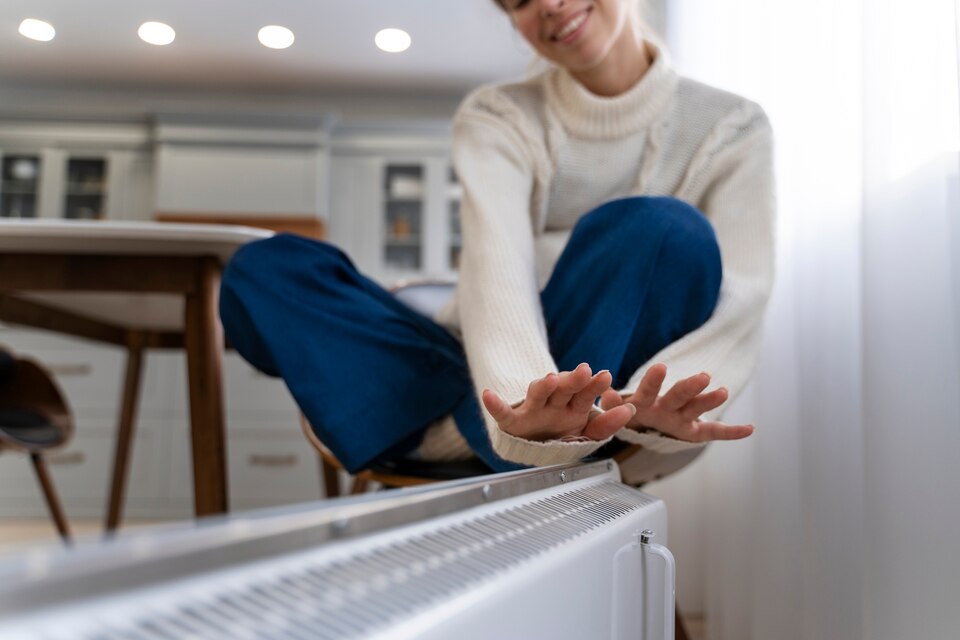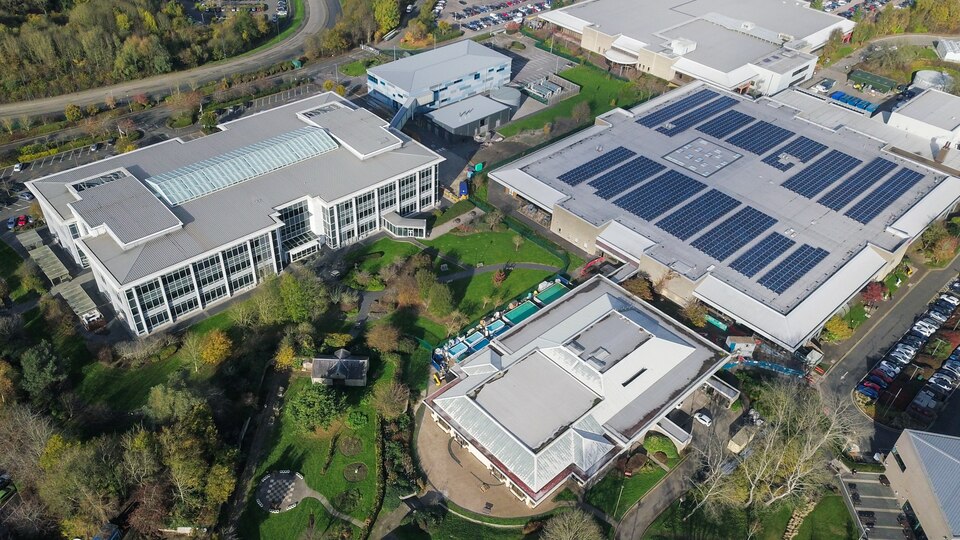Introduction
As a result, with energy preservation as a critical aspect at present, heating systems are being debated for efficiency and environmental influences. The efficient heating system is designed to provide the energy needed to heat the house by consuming less energy at lower rates as well as using less energy to the utility bill as well for the lesser greenhouse gas emissions. An outline of what energy-efficient heating means, the kinds of systems available, and how both the householder and the environment benefit from them will be dealt with in this blog.
What is Energy-Efficient Heating?
Energy-efficient heating systems employ advanced technology and innovative designs to minimize energy consumption while maximizing heat output. These systems are designed very efficiently for conduction and convection to minimize wasted energy during heating; hence, the operational costs and environmental detriment associated with heating are reduced.
Features of energy-efficient heating:
- High AFUE ratings: Percentage of energy converted to heat. The higher the number, the better.
- Smart Thermostat: Will use historical data to enhance heating.
- Insulation Integration: will work hand in hand alongside proper insulation to retain heat.
These systems provide homeowners with a significant saving and contribute much towards sustainability by reducing energy wastage.
AOS Energy-Efficient Heating Systems
The brand-new energy efficient heating systems known as AOS (Advanced Operating Systems) are at the cutting edge of the field. These systems are in tune with the best practice in modern technology to achieve the optimum performance at the lowest possible cost to the environment.
The main features of AOS Systems are:
1.Intelligent Controls: Users can manage their heating schedules, that is, activate or deactivate the heat only when required.
2.Hybrid Technology: Integrating renewable sources like solar or geothermal with conventional ones for better efficiency.
3.Heat Recovery: Collecting and reusing the waste heat to optimize energy consumption within the system.
These systems are versatile in that they can serve households and commercial premises while offering a good balance of performance, savings, and environmental responsibility.
Rebates for Energy-Efficient Heating and Cooling Systems
Financing energy efficiency heating systems can be rewarding financially, courtesy of the incentives provided by the utility companies and governments. Rebates have been put in place to encourage households and businesses to install energy-saving technology.
Different Types of Rebates Available Include:
- Federal Incentives: a number of governments instituted tax credits or rebates from the installation of energy-efficient systems such as very effective heat pumps or furnaces.
- Home Utility Program: the majority of utilities give rebates when companies upgrade to new equipment, which is compliant with energy-saving standards.
- Energy Star Benefits: Energy Star-certified systems qualify for bonus incentives in several areas.
Eligibility Criteria:
- opt for systems that have higher AFUE or SEER ratings.
- Ensure installation is done by certified professionals.
- Preserve receipts and proof of adherence to the rebate program requirements.
In fact, any program that offers the opportunity to significantly offset the initial investment in energy-efficient heating systems is a great program.
Best Energy-Efficient Heating Systems
When choosing an efficient heating system, one should keep in mind a variety of aspects including climate, size of the home, as well as budget. To widen the options, here are the most efficient heating systems around:
1. Heat Pumps:
o Great to install in moderate climate.
o It includes both heating and cooling in the same system.
o It could be more than 300% efficient since it transfers heat rather than generating it.
2. Condensing Boilers:
o Highly efficient; AFUE ratings of up to 98 percent.
o Used to capture and use heat from exhaust gases.
3. Radiant Floor Heating:
o Good and even distribution of heating.
o It is also efficient when powered by renewable energy sources.
4. Hybrid Heating Systems:
o Combine conventional heating with renewable energy sources such as solar or geothermal energy.
o Adapt to the prevailing conditions for maximum efficiency.
Each has its own merits, and the choice for the most appropriate one should be based on personal needs and priorities.
Conclusion
Energy efficient heating systems are more than trends; they are requirements for a sustainable lifestyle. These types of systems ensure that maximum heat output is available through the most efficient energy usage. This way, utility bills will be lowered, carbon footprints reduced, and homes or workplaces made more comfortable.
Modern innovations such as the AOS energy-efficient systems are already creating incentives such as rebates making change simple and worthwhile. Heat pumps, condensing boilers, and hybrid systems are only a few examples of transitioning to energy-efficient heating-another step toward a greener future.
Take that step right now. Afford yourself energy-efficient heating systems that are right for your personal comfort and budget, and join in the making of a more sustainable world. There should also be coziness along with responsibility. hand.




